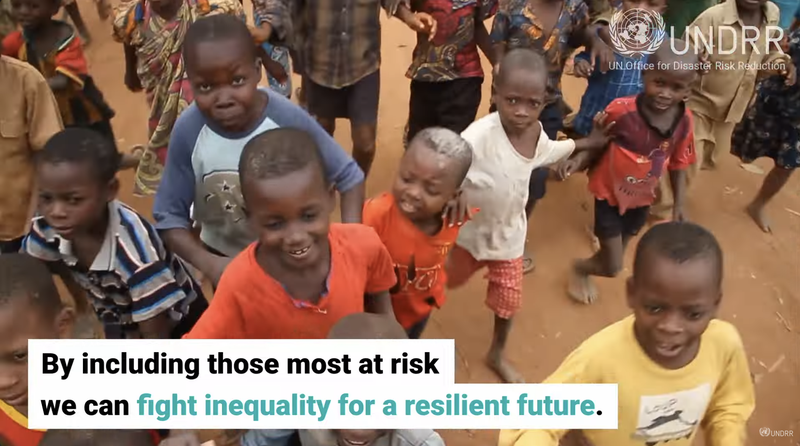World Tsunami Awareness Day 2023
Fighting inequality for a resilient future
Published on 05 November 2023 | news
Article from materials prepared by the UNDRR
Adopted in December 2015 by the United Nations General Assembly, World Tsunami Awareness Day (WTAD) is set to take place on 5 November. The day aligns with the International Day for Disaster Reduction (13 October) and the Sendai Framework for Disaster Risk Reduction 2015–2030 (“the Sendai Framework”), which is the international agreement to prevent and reduce disaster losses. The purpose of WTAD is to raise awareness about reducing tsunami-related risks and enhance community preparedness.
This year's focus is on the reciprocal relationship between tsunamis and inequality: how inequality makes tsunamis more dangerous for certain populations and how the aftermath of a tsunami can drive vulnerable people further into poverty and exacerbate inequality. Like all disasters, tsunamis have an unequal and unique impact on the affected population. Poverty levels, exposure, discrimination and other vulnerabilities all play a key role in determining who is likely to be affected and how. For example, following the Indian Ocean tsunami of 2004 that affected 12 countries, it was found that poor households were more likely to see their “flimsy houses” wash away, while the brick houses of richer households proved sturdier.
Specific populations – such as women, children and youth, persons with disabilities and older persons – often confront heightened challenges, both during and after a tsunami. Research found that during the 2004 Indian Ocean earthquake and tsunami, women accounted for 70 per cent of the deaths. Many did not survive, possibly for cultural reasons, because they put the safety of other family members ahead of their own, or because they were less aware of how to protect themselves (Rahiem, Rahim and Ersing, 2021)
Vulnerable populations often fare worse in the aftermath of tsunami. The fallout can push millions of people into poverty, making those already vulnerable the most likely to suffer. The loss of shelter after a tsunami can leave people exposed to insects, heat and other environmental hazards, as well as traumatic injuries and poor access to health care. As agricultural lands are often flooded post-tsunami, the shortages of food and loss of livelihoods place additional stress on people living in poverty. Some regions suffer sharp drops in income from tourism that further destabilize their economy. People living in poverty often do not have savings and lack access to critical services such as finance and insurance, which hampers their recovery even more.
Rectifying such inequality requires broad action, including ensuring that all people can access the information and services that can protect them before, during and after a tsunami. The main findings from the Midterm Review of the Sendai Framework call for an “all-of-society” approach to disaster risk reduction that makes space at the decision-making table and ensures all people can access that space (A/77/640). These efforts must include all the countries, communities and populations most at risk from the danger of tsunamis.
Find more materials and information on the UNDRR's website.
